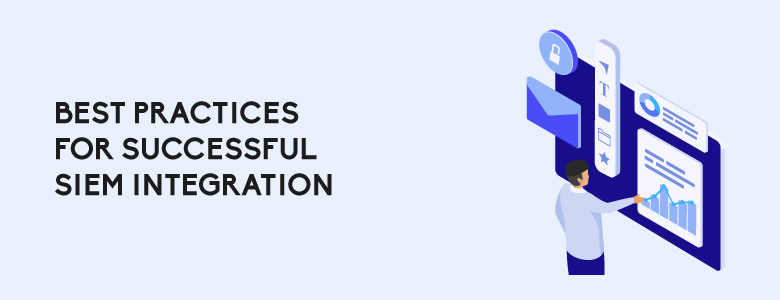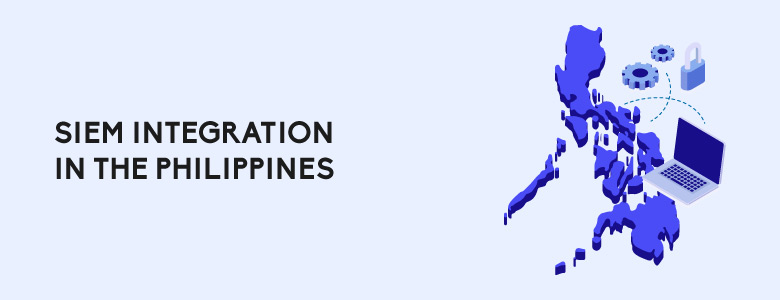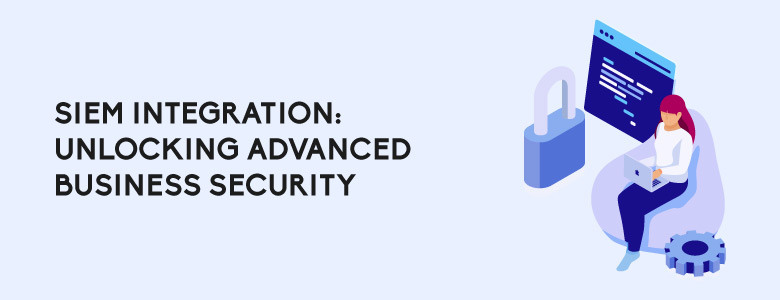With the rise of cyber threats, Security Information and Event Management (SIEM) systems have become indispensable for organizations. SIEM integration involves embedding these systems into an organization’s existing IT setup to improve monitoring, threat detection, and compliance. Let’s delve further into SIEM integration, particularly in the Philippines, where businesses encounter unique challenges and opportunities.
Understanding SIEM and Its Benefits

SIEM, or Security Information and Event Management, combines two primary functions: Security Information Management (SIM) and Security Event Management (SEM). SIM focuses on the long-term storage and analysis of security data, while SEM deals with real-time monitoring and incident response. Together, these functions provide a comprehensive view of an organization’s security posture, enabling more effective threat detection and response.
One of the key benefits of SIEM integration is enhanced threat detection. SIEM systems aggregate data from various sources, such as firewalls, intrusion detection systems, and servers, and use correlation rules to identify suspicious activities. This centralized approach ensures that security teams can quickly detect and respond to potential threats, minimizing the risk of data breaches and other security incidents.
Another significant benefit of SIEM is compliance. In the Philippines, businesses must adhere to regulations such as the Data Privacy Act of 2012. SIEM systems help organizations meet these requirements by providing detailed logs and reports, which can be used to demonstrate compliance during audits. Additionally, SIEM solutions often include features for automated reporting, making it easier to maintain compliance with minimal manual effort.
Best Practices for Successful SIEM Integration

To ensure a successful SIEM integration, businesses should follow best practices for planning, implementation, and ongoing management. These steps help maximize the benefits of SIEM systems and ensure they work effectively in the organization’s specific context.
Planning
Thorough planning is crucial. Start by clearly defining the objectives for SIEM integration, such as better threat detection, compliance, or operational efficiency. Assess the current IT infrastructure to identify which systems and data sources need monitoring. Develop a detailed roadmap with timelines and assigned responsibilities to ensure a structured approach to integration.
Implementation
Choosing the right SIEM solution is key. Evaluate SIEM tools based on their features, scalability, and cost-effectiveness. Select a solution that integrates smoothly with existing systems and can grow with the organization. Proper configuration is essential, including setting up data sources, correlation rules, and alert thresholds. Conduct thorough testing to make sure the SIEM system functions as expected.
Ongoing Management
Ongoing management and maintenance are critical for continued success. Continuously monitor the SIEM system’s performance to identify and fix any issues quickly. Regular updates and patch management keep the system secure and up to date. Train security teams on how to use the SIEM system effectively to maximize its capabilities. By following these best practices, organizations can achieve a robust SIEM integration that strengthens their overall security posture.
SIEM Integration in the Philippines

Integrating SIEM systems into the IT infrastructure of businesses in the Philippines comes with unique challenges. The local regulatory landscape, IT infrastructure, and budget constraints all influence how SIEM solutions are implemented and managed. Understanding these factors is essential for successful SIEM integration.
When it comes to infrastructure, businesses in the Philippines may face issues with internet connectivity and network stability. These challenges can impact the performance of SIEM systems, particularly those relying on cloud-based solutions. To address these issues, organizations can consider hybrid SIEM deployments that combine on-premises and cloud components, ensuring reliable data collection and analysis even in areas with inconsistent connectivity.
To learn more about SIEM solutions and other advanced security technologies, contact us at marketing@ctlink.com.ph to set a meeting with us today!


One Response